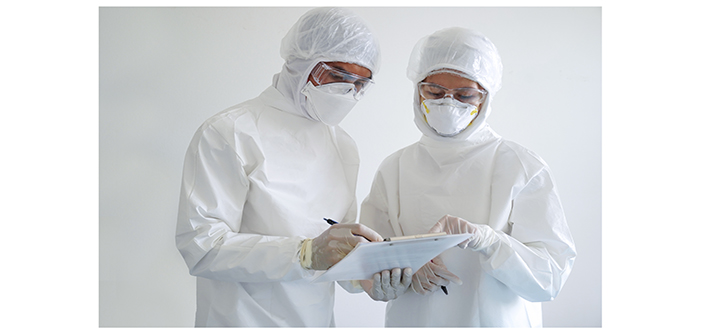The Health & Safety Executive has issued new guidance on protecting vulnerable workers during the COVID-19 pandemic.
As an employer, you have a legal duty to protect workers from harm. The HSE said you should make sure you consider the risk to workers who are particularly vulnerable to coronavirus (COVID-19) and put controls in place to reduce that risk.
Supporting workers in higher-risk groups
The Public Health England report, Disparities in the risk and outcomes of COVID-19, shows that some groups of people may be at more risk of being infected and/or an adverse outcome if infected.
The higher-risk groups include those who:
- are older males;
- have a high body mass index (BMI);
- have health conditions such as diabetes;
- are from some black, Asian or minority ethnicity (BAME) backgrounds.
The HSE said there are currently no expectations of additional controls for these groups, however, it said that employers must make sure your existing controls (social distancing, good hygiene and cleaning, ventilation, supervision etc) are applied stringently.
Clinically extremely vulnerable workers
During the pandemic, the government has defined some people as clinically extremely vulnerable (previously described as shielded).
These workers are at increased risk of severe illness from coronavirus. Since August, clinically extremely vulnerable workers can return to their workplace as long as it is COVID-secure, but should carry on working from home wherever possible.
Supporting clinically extremely vulnerable workers returning to work
The HSE said that you should talk to clinically extremely vulnerable workers about their working arrangements and, where possible, enable them to work from home. Employers may also be able to offer alternative duties or change working patterns temporarily.
Where it is not possible for workers to work from home, employers must regularly review your risk assessment, and do everything ‘reasonably practicable’ to protect those workers from harm.
Local lockdown areas
Clinically extremely vulnerable workers who live in an area where additional public health measures resume shielding, are advised to stay at home and shield. They should work from home where possible, and not attend a workplace within the area where local restrictions are in place.
Clinically extremely vulnerable workers who live outside of that lockdown area may request a shielding letter as proof for employers that they cannot attend their usual workplace.
In the event of a local lockdown, employers should visit their local authority’s website for further guidance and follow the public health guidance for the local area.
Pregnant workers
During the pandemic, pregnant workers have been advised to follow strict social distancing to reduce the risk of severe illness from coronavirus.
There is a long-standing requirement for employers to put in place measures to ensure workplace safety where a significant health and safety risk is identified for a new or expectant mother.
Some pregnant workers will be at greater risk of severe illness from coronavirus. They are defined as clinically extremely vulnerable and can return to their workplace as long as it is COVID-secure, but should carry on working from home wherever possible.


